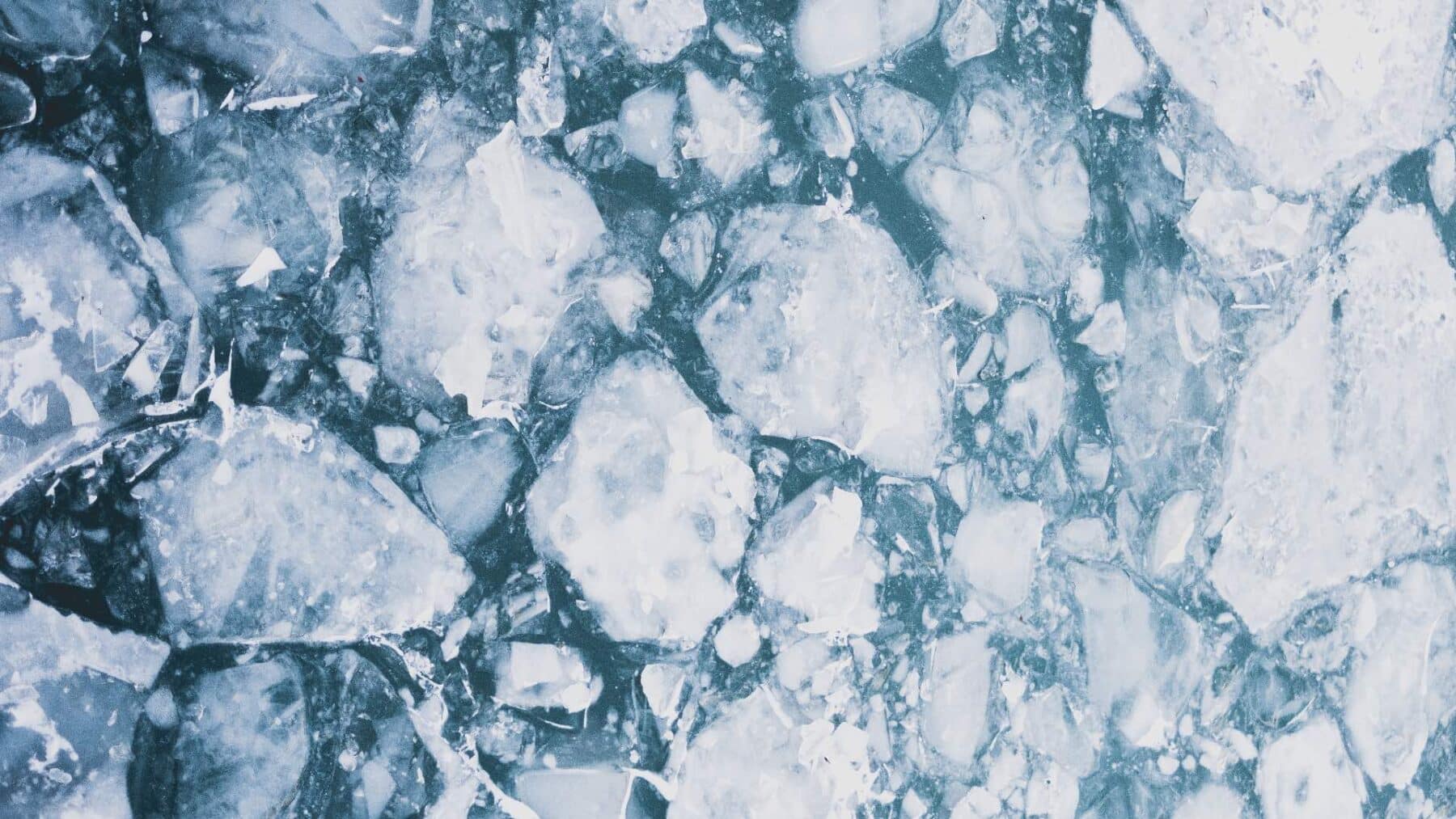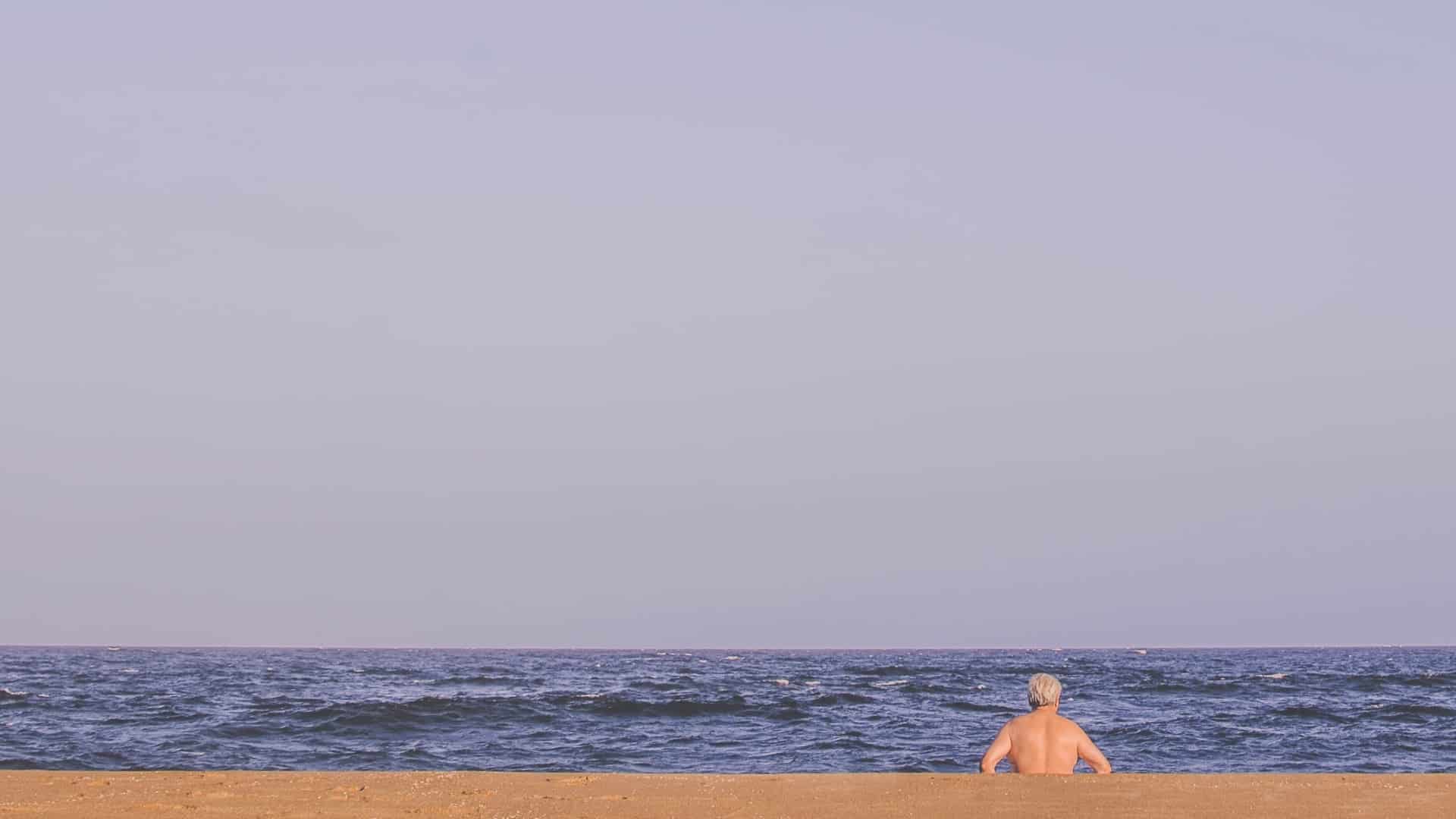If you get pulled into the health and wellness algorithm on social media, you’ll eventually find videos of people submerging their entire bodies into tubs full of ice-cold water. Most of us cringe at the thought of a chilly shower, but once you dig into the data you might be eager to take the plunge yourself.
Cold plunges are one of the most popular forms of cold exposure therapy, along with cryotherapy and old-fashioned cold showers. The concept isn’t new by any means—athletes have relied on ice baths for decades to help muscle recovery.
Recently, social media have turned cold plunges into a hot commodity: TikTok videos tagged #coldplunge have amassed nearly a billion views and Google searches about cold plunges are skyrocketing. Everybody from professional athletes to A-list celebrities swear by them.
So, can spending a few minutes in icy water really have a meaningful impact on your mental and physical well-being? We reviewed hundreds of studies about cold water immersion to see whether the plunge is worth the pain.
10 Benefits of Cold Plunges
Cold plunges have been linked to pain relief weight loss, improved mental health, and much more. However, the scientific research into the benefits of cold plunging is sparse. Many of the purported benefits are anecdotal, but that doesn’t mean cold plunges are pointless.
Let’s break down ten common claims about cold plunges so you can decide for yourself.
1. Assists Muscle Recovery
Cold plunges are very effective at aiding muscle recovery and reducing delayed onset muscle soreness after high-intensity exercise, according to a 2022 meta-analysis found that cold water immersion.
2. Increases Energy Levels
Cold water immersion can give you a jolt of energy by releasing two hormones: epinephrine (adrenaline) and norepinephrine (noradrenaline).
“These neurochemicals make us feel alert,” says Dr. Andrew Huberman, a Stanford. neuroscientist. “Cold causes their levels to stay elevated for some time and their ongoing effect after the exposure is to increase your level of energy and focus, which can be applied to other mental and/or physical activities.”
It’s not as convenient as a cup of coffee, but you won’t have to worry about a brutal caffeine crash.
3. May Reduce Stress Levels
When you’re exposed to cold water, your body releases endorphins and increases your dopamine levels—two neurotransmitters that reduce stress and improve your mood.
Cold exposure also stimulates your Vagus nerve (the main nerve of your parasympathetic nervous system) when you remove yourself from the cold water. This lowers your blood pressure and helps you relax.
4. May Boost Your Immune System
Cold exposure produces an anti-inflammatory response in the body, which can help your body fight infections and diseases. Cold water has also been shown to increase white blood cell production, which is essential to protect your body from viruses and bacteria.
5. Speeds Up Metabolism
Cold plunges won’t magically shed pounds; however, they may speed up your metabolism, which is one component of weight management.
One study found that cold water therapy increased participants’ metabolism by 350%. Sitting in cold water doesn’t burn calories, but it appears to convert food into energy faster than sitting somewhere at room temperature.
It’s also worth noting that shivering activates brown fat thermogenesis, which helps regulate glucose and fat metabolism.
6. Improves Lung Function
The initial shock from a cold plunge causes short, rapid breathing. Uncomfortable as this might be, it has some impressive benefits for your respiratory system. A 2014 study found that cold immersion up to the shoulders increased oxygen transport in the lungs.
7. Improves Liver Function
Cold water exposure increases blood flow to the liver, which stimulates the production of enzymes that help your liver filter out toxins.
According to a 2019 study, intermittent cold exposure significantly improved obesity and fatty liver disease markers in mice. These results haven’t been replicated in humans, but it stands to reason the same benefits could apply.
8. Improves Lymphatic Movement
Your lymphatic system is a network of tissues that removes fluids that leak out of your blood vessels, which is important for your immune system. Think of it like your body’s sewage system.
Cold exposure significantly improves lymphatic circulation, according to a study by the Clinical Journal of Sports Medicine. That’s because cold water makes lymph vessels contract, enabling your body to flush out waste.
9. Improves Skin and Hair Health
A steaming hot shower may be relaxing, but the high temps can strip away the natural oils that protect your skin and hair. That’s where cold plunges come in.
Cold water tightens your pores, which helps your skin retain moisture. The same principle applies to your hair: cold water seals your hair cuticles, helping them lock in moisture.
10. May Increase Sperm Count
You may have heard that hot tubs decrease men’s sperm counts. It turns out cold tubs may have the opposite effect. The International Journal of Andrology notes that cool temperatures improved semen quality and total sperm count.
For context, this study involved cooling packs (not cold plunges), but the principle of scrotal cooling remains the same, regardless of the method.
What Are the Risks of Cold Plunges?
The potential benefits of cold water immersion are promising, but there are some risks to be aware of before you take the plunge. Dunking your entire body into cold water removes body heat 25 times faster than cold air, according to the American Heart Association.
“That cold shock can be dangerous,” says Dr. Jorge Plutzky, director of preventive cardiology at Brigham and Women’s Hospital in Boston. “Whether there are health benefits or not is not clear and has not been established.”
Here are a few things healthcare professionals warn cold plungers about:
- Frostbite
- Hypothermia
- Heart Arrhythmias
- Heart Attacks
If you have a history of heart issues, talk to your doctor before trying a cold plunge.
How to Cold Plunge: 3 Best Practices

There aren’t official instructions for cold plunges, but there are best practices to follow if you want to get results and stay safe at the same time.
Aim for a Water Temperature Between 45-59°F
“The key is to aim for a temperature that evokes the thought, ‘This is really cold (!), and I want to get out, BUT I can safely stay in,’” says Dr. Huberman.
That temperature varies widely depending on your tolerance. If your “cold” plunge is above 59°F, you may not notice any health benefits. However, going below 45°F, even briefly, can increase your risk of the issues we mentioned above.
Keep Your Sessions 1-5 Minutes Long
You only need a few minutes of cold exposure to get the benefits for your brain and body. Ideally, you shouldn’t have more than 11 minutes of cold exposure per week.
Cold plunges are intended to shock your system, so don’t get overzealous.
Submerge Your Entire Body
To get the most out of your cold plunge, dip your whole body into the cold plunge tub—up to your neck area. This won’t be easy, especially if you’re a beginner. But it’s important to expose as much of your body as possible to the cold temperatures.
Some people recommend dunking your head for a few seconds as soon as you get in. However, this can be risky since your body may instinctively try to take a breath.
Cold Plunge Placebo? No Problem
Some benefits of cold plunging may be the result of a placebo effect: if you genuinely believe that icy water is going to improve your focus and help you recover faster, it might. There’s nothing inherently wrong with that.
We all have habits that aren’t backed by rigorous academic research—but they make our lives more enjoyable. The same thing can be said about cold plunges. Who knows; decades from now there could be data proving cold plunges are better than “traditional” treatments.
At the very least, it’ll toughen you up.
